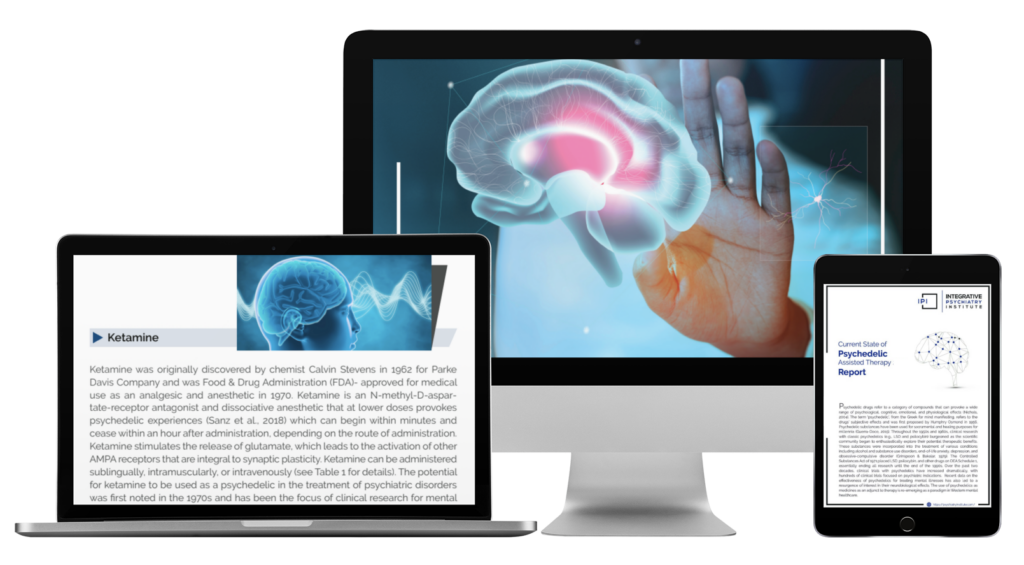Come join us as Dr. Arielle Schwartz talks about the Vagus Nerve and PTSD.
FULL TRANSCRIPT
I want to name that we’re going to start with some kind of brief review of the discussion about complex PTSD as a patient diagnosis. And especially as this relates to where other similarly presenting diagnoses can sometimes be misunderstood, misdiagnosed. And then looking at all of this in the context of the physiology of the individual, as this relates to our different responses to threat, and to also really talk about then how can we work, especially with Mind Body therapies and directly impacting the vagus nerve to change treatment outcome, which is, I think, where it gets really exciting.
Complex PTSD
Repeated, prolonged exposure to traumatic events
What is complex PTSD?
Here we’re really speaking about the impact of repeated prolonged exposure to traumatic events, the workbook that Will mentioned, it’s the complex PTSD workbook. And it’s an integrative Mind Body approach to working with complex PTSD.
What I have found over the years is that individuals who maybe had thought, well, I couldn’t have PTSD because there isn’t some specific event, there wasn’t some big, I wasn’t in a war, I didn’t have a big car accident or a big event, but I feel keyed up. I feel anxious, and I feel that I have a hard time bringing myself out into the world.
Why is this? And when we start to see, when we look at complex PTSD, is that it’s an accumulatory disorder, in the sense that there might be specific events such as child abuse, but there don’t have to be events. And complex PTSD doesn’t always originate in childhood. Sometimes it happens later, such as social stress, which might happen in school, but it could also happen in work environments, or in relationship environments that are abusive. We’re experiencing community and political violence, refugee situations that are unfortunately so common in our current world, and experiences of prolonged captivity.
The Vagus Nerve and Healing PTSD
The vagus nerve and the healing of PTSD, I’m just going to say one piece here, which is that there is no fixed state of balance.
We’re constantly, life is going to pull us and hand us stresses and pull us in one direction or another. It’s just, that’s the nature of being human.
So what we want to know is the tools that we can return to again and again. It’s not enough to brush our teeth once a week and think that our teeth are going to remain clean all week. Same thing with the vagus nerve. We want to think about it as a tooth brushing practice that we can repeat and come back to daily, sometimes multiple times a day to reset. Sometimes multiple times an hour, right? And in order for our vagus nerve exercises to work, we have to be safe. If we’re asking a client to try and relax in an environment where they are currently being threatened, well, it’s just not going to hold. It’s not realistic. And in fact, the fear response is needed to help them actually restore safety.
Listening and the Vagus Nerve
We’re in a state of threat that that Stapedius muscle broadens, and we’re more sensitive to high and low frequency sounds. So, if we think about autism, head injury, PTSD, sensory integration, this hyperacusis is very common, isn’t it? And from an evolutionary perspective, this is how animals in the wild are communicating signs of danger. It’s the monkeys in the trees or the birds. And it’s the low growl of the tiger that helps animals communicate a sound of threat. So sometimes our ears get attuned to those signs of threat.
Breathing for Vagus Nerve Regulation
Breathing, which loops us right back to where we started, that four-count in and out, slowing down the breath is for the vagus nerve. Andrew Wiles introduced that 4-7-8 breath, if you’re not familiar, you can look for it. And we can also sometimes for clients who are stuck in dorsal vagal, find a more energizing breath to help them activate a little bit of sympathetic within a context of safety.







